Convert Images to Tensors - Image to Tensor Conversion
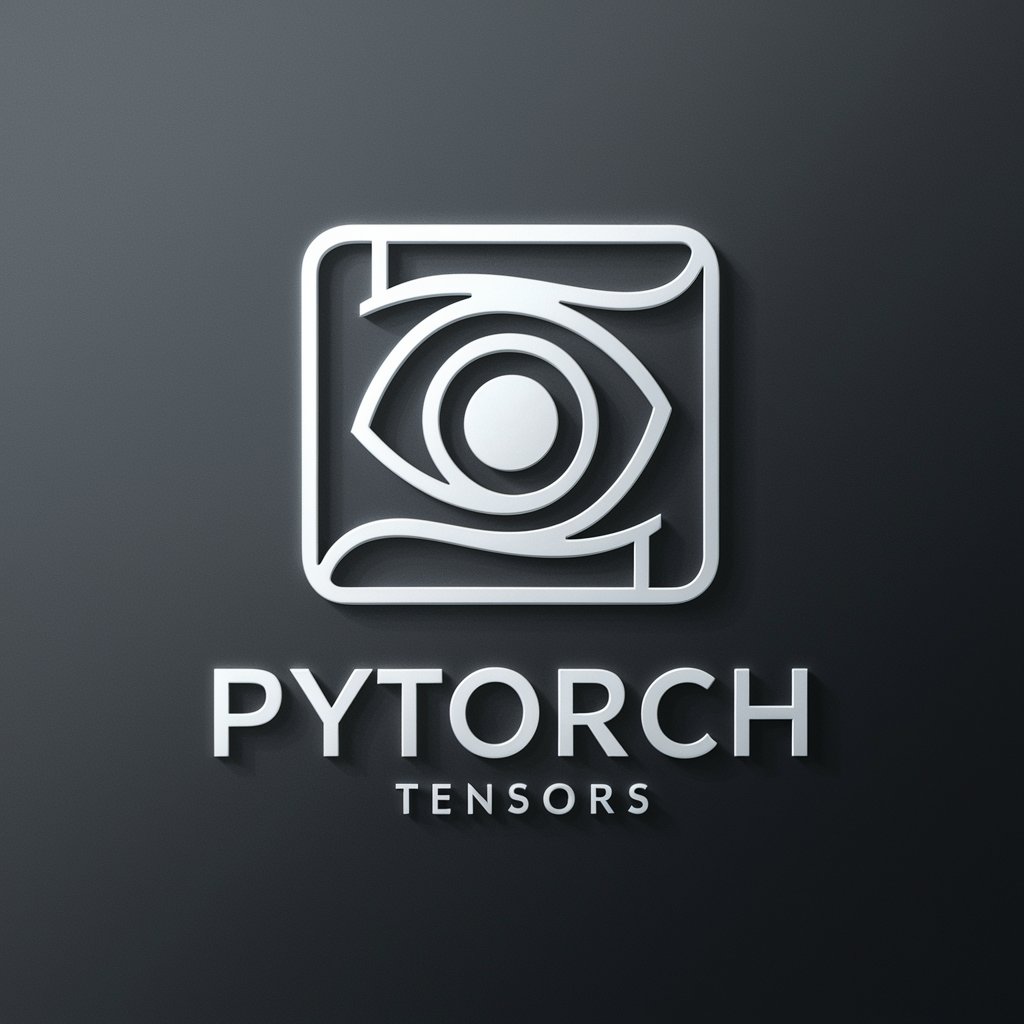
Welcome! Upload an image to convert it to a tensor.
Effortlessly convert images into AI-ready tensors
Upload an image to convert it into a PyTorch tensor...
Let's turn your image into a tensor...
Ready to transform your image into data? Upload here...
Start the conversion by uploading your image...
Get Embed Code
Overview of Convert Images to Tensors
Convert Images to Tensors is a specialized service designed to transform digital images into PyTorch tensors for further processing and analysis within the PyTorch framework. This conversion is crucial for a variety of machine learning and computer vision tasks, as it translates image data into a numerical format that can be manipulated by neural networks. The service leverages the Python Imaging Library (PIL) for image handling and torchvision transforms for efficient conversion. An example scenario includes preparing a dataset of images for training a convolutional neural network (CNN) to recognize different objects. The images, stored in formats like JPEG or PNG, are first loaded using PIL, then converted into tensors representing the image's pixel values in a structured form that a CNN can process. Powered by ChatGPT-4o。

Core Functions of Convert Images to Tensors
Image Loading
Example
Using PIL to open and load an image file from disk.
Scenario
A user has a dataset of animal photographs to be used in training a model for animal classification. The first step involves loading these images from disk into a format that can be manipulated programmatically.
Image to Tensor Conversion
Example
Transforming an image loaded with PIL into a PyTorch tensor using torchvision.
Scenario
Once the animal images are loaded, they need to be converted into tensors. This process involves normalizing the pixel values and resizing the images to a uniform dimension, making them suitable for batch processing in a neural network.
Tensor Manipulation
Example
Adjusting tensor dimensions or pixel values for model compatibility.
Scenario
Some neural network architectures require input tensors of a specific shape or range of pixel values. The service can modify tensors to meet these requirements, such as adding or removing dimensions (e.g., for batch size) or normalizing pixel values.
Target User Groups for Convert Images to Tensors
Machine Learning Practitioners
Individuals or teams involved in developing and training machine learning models, especially in the domain of computer vision, will find this service invaluable for preprocessing image data for model training and inference.
Academic Researchers
Researchers in computer science and related fields conducting experiments involving image analysis or computer vision techniques can use this service to prepare datasets for their research studies, speeding up the experimentation process.
Educators and Students
Educators teaching courses on machine learning, computer vision, or related fields can integrate this service into their curriculum to provide hands-on experience with data preprocessing. Similarly, students can use it for projects and assignments involving image data.

How to Use Convert Images to Tensors
1
Start by visiting a designated platform offering the Convert Images to Tensors service for an immediate trial, no sign-up or ChatGPT Plus subscription required.
2
Upload your image files directly through the platform's interface. Ensure your images are in a compatible format (e.g., JPEG, PNG) for optimal processing.
3
Select any specific options for image preprocessing or tensor configuration, such as resizing dimensions or normalization parameters, if available.
4
Submit the images for conversion. The service will process your images and convert them into PyTorch tensors.
5
Download or directly integrate the generated tensors into your machine learning or data analysis projects.
Try other advanced and practical GPTs
Linux 专家
Empowering Linux solutions with AI
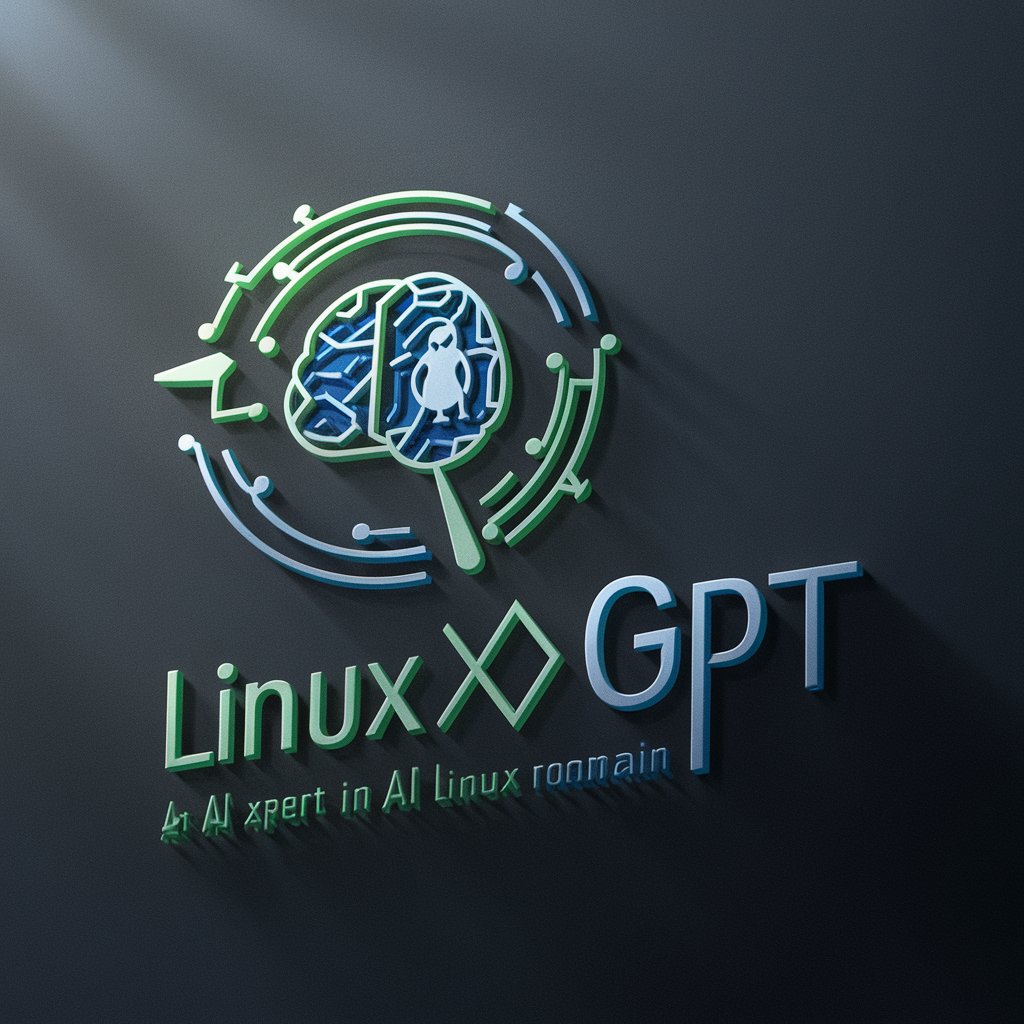
Schema Markup Generator GPT
Elevate Your SEO with AI-Driven Markup

Accessible Art Describer
Bringing Art to Words with AI
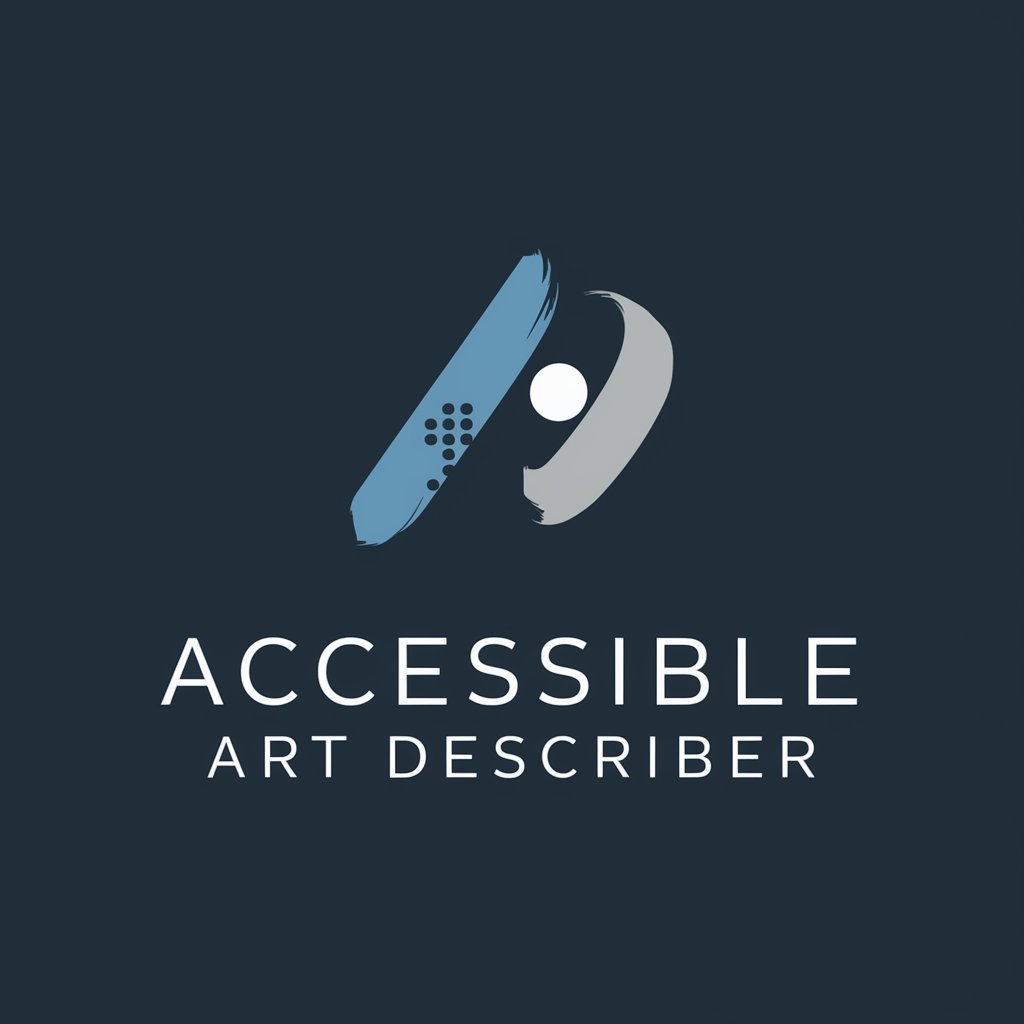
LibGPT
Empowering Information Discovery with AI
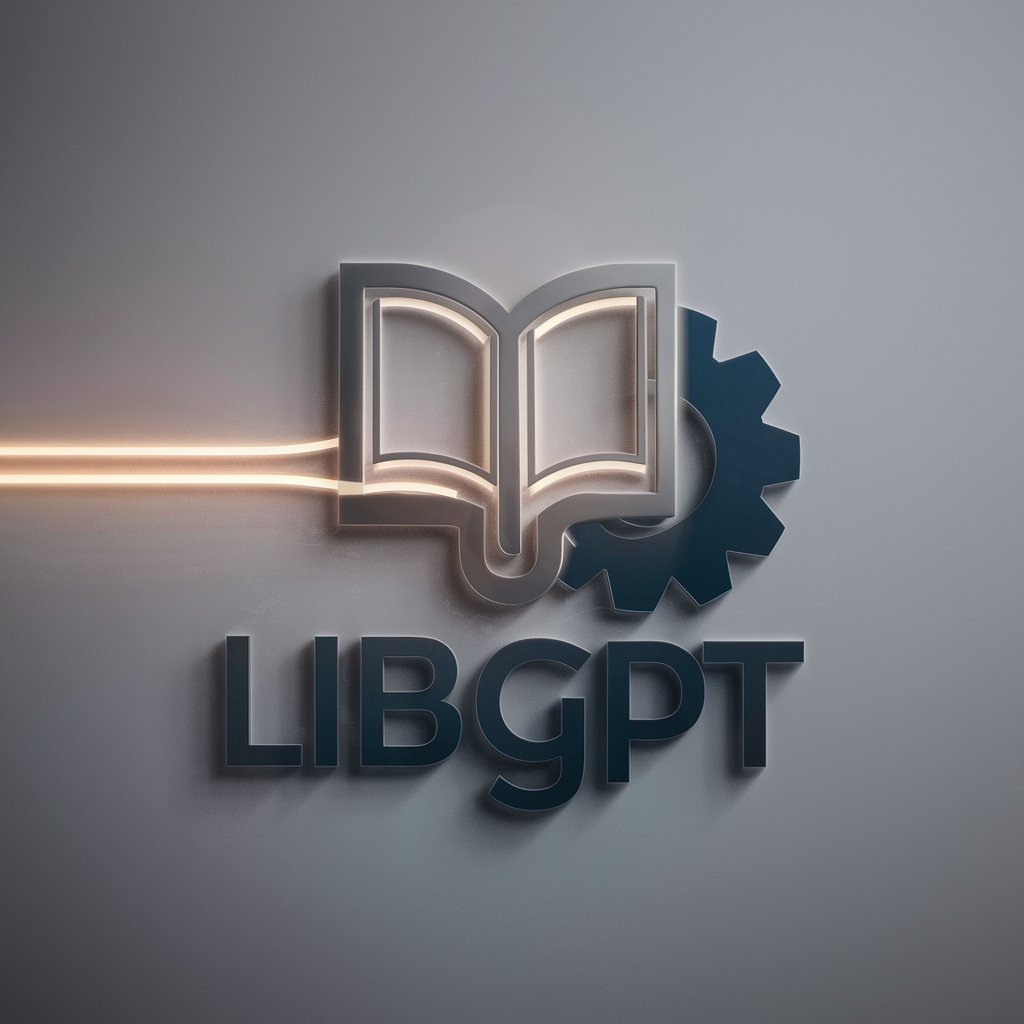
El As de Contabilidad y Facturación Electrónica
Streamline Your Finances with AI

Cipher Expert
Unlock secrets with AI-powered decryption.
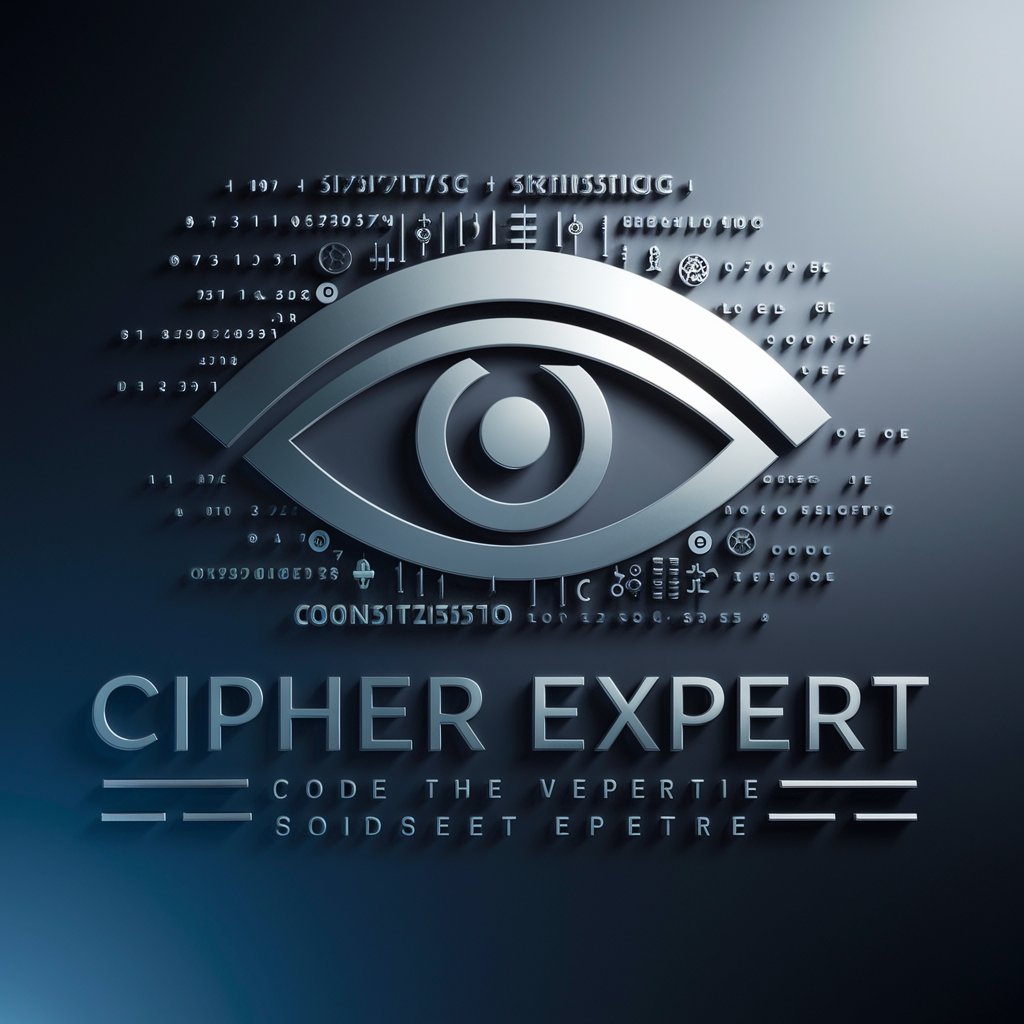
DesAIgner
Designing Made Easy with AI

Conversion Rate Advisor
Empowering Websites with AI Insights

Dutch Tutor
Master Dutch with AI-Powered Personalization

Sonnet Bard
Crafting poetic masterpieces with AI

!Startup mentor
Empowering Startup Success with AI

Lesson Weaver
Transforming Education with AI

Frequently Asked Questions about Convert Images to Tensors
What image formats are supported by Convert Images to Tensors?
The service typically supports common image formats such as JPEG, PNG, BMP, and GIF for conversion into tensors.
Can I adjust the size of the tensor generated from my image?
Yes, you can specify the desired dimensions for the tensor. The service may offer options to resize the image before conversion to meet your requirements.
Is it possible to batch process multiple images at once?
Yes, Convert Images to Tensors supports batch processing, allowing you to upload and convert multiple images in one go for efficiency.
How does Convert Images to Tensors handle image normalization?
The service can apply normalization to the tensor values based on standard practices, ensuring they are properly scaled for machine learning models.
What are the primary applications of converting images into tensors?
Converting images into tensors is crucial for training machine learning models, particularly in computer vision tasks such as image classification, object detection, and more.
